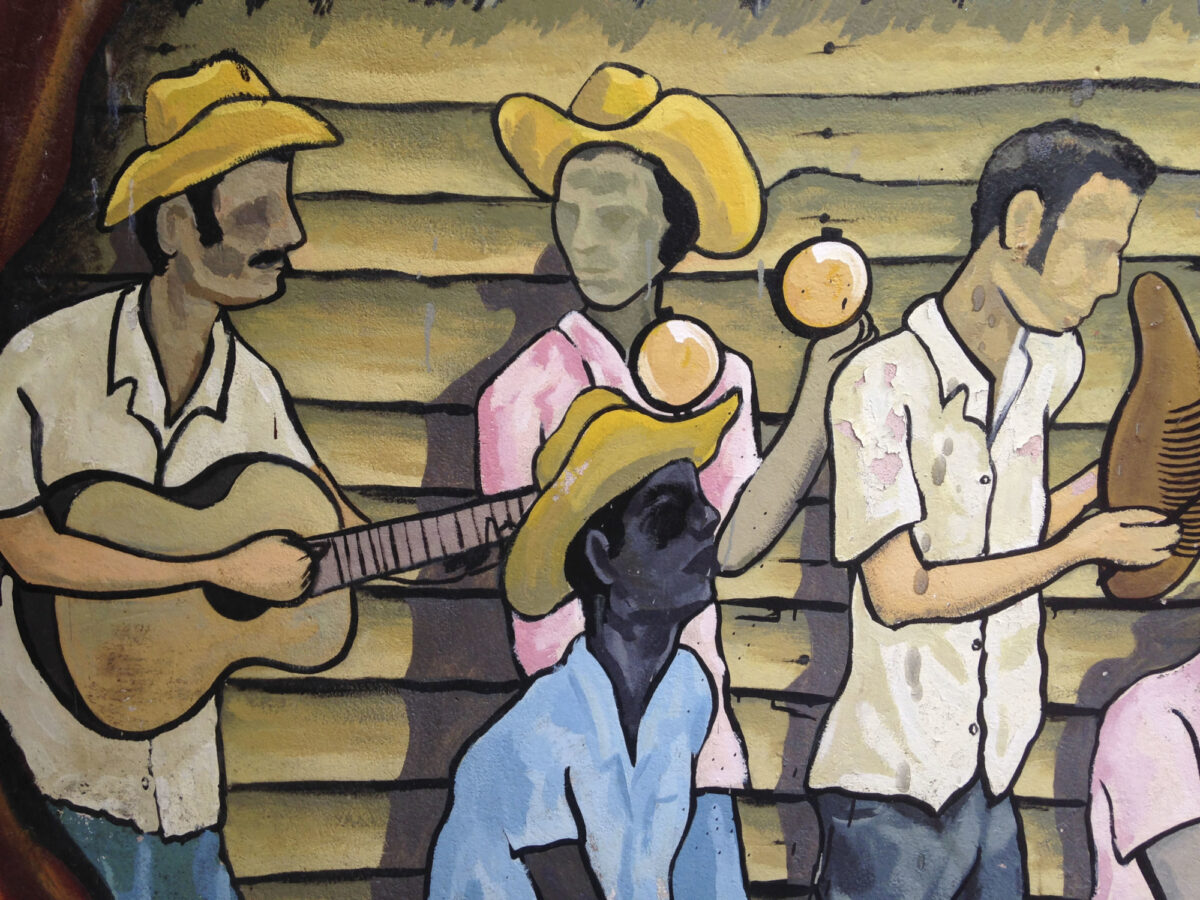Off The Beaten Path In Cuba
An essential guide to seeing Cuba's non-touristy side
Countries like Cuba pose a dilemma to travel writers and guidebook editors.
The idea is to cut through the hyperbole with simple language and honest descriptions. But there are a few places where the breathless superlatives all come true true, and where the travel writing clichés all make sense. Cuba is one such place.
The country’s history reads like an epic of magical realism. Its politics are a lingering ember of the titanic ideological battles of the 20th century. Its music, art and dance have been exported around the world with the vibrancy of a cultural superpower. And at the heart of it all are the Cuban people: resolute, proud and with a joie de vivre that puts more materially “advanced” countries to shame.
But Cuba today stands on the cusp of transformation. Despite the unpredictable swings of its giant neighbour it seems inevitable that one way or another, the question of Cuba’s place in the world will soon be resolved.
What that means for this island of 11.2 million people is far from certain. What happens to a nation’s cultural identity when the forces that have kept it in relative isolation are swept away? Will Cuba revert to its pre-1953 status as a playground for the wealthy and privileged? Or in this era of ‘overtourism’ will the country’s all-inclusive beach resorts become the next Cancun for spring-breakers, a Cuban Disneyland-on-sea?
Or perhaps the future holds something else for this special and enigmatic island. The concept of “people-to-people” tourism suggests a new approach, a model of grassroots tourism that puts ordinary Cubans in the driving seat and enables them to protect and nurture their heritage and culture as they find their feet in a new world.
This question isn’t for governments and travel companies to ponder. It’s for the Cuban people to decide and it’s for us, the tourists who are visiting the island in record numbers, to support them. We influence the shape of Cuba’s evolving tourism industry through our actions, our decisions and our purchases. It’s a position of great responsibility and it can be hard at times to know where to begin.
That’s why we created this guide. This is your introduction to the Cuban people and culture, a peek at what makes the country tick, and where to look for an authentic, immersive and culturally sensitive experience. You won’t find any reviews for 5* all-inclusive resorts, but if you’re looking for a taste of the “real” Cuba, clichéd or not, then you’re in good company here.
Welcome to Cuba!

Mural in Baracoa
Credit: Jim O'Donnell



